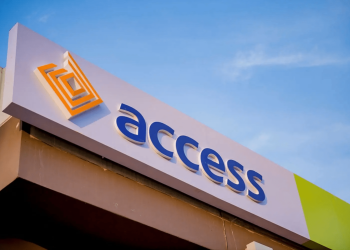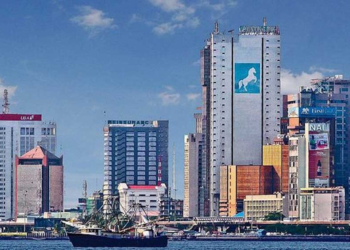The U.S. 1-Month Treasury bill yield has skyrocketed in the past few weeks as the maturity date passes the June 1st X-Date, which is when the U.S. treasury may run out of money. Just two weeks ago, the yield was at 3.3%, but it has now made a massive move upwards. This increase in yield reflects the possibility of a U.S. default as investors begin to dump the bills.
This debt ceiling situation is heating up as Democrats and Republicans remain deadlocked with only a few weeks left. Markets are getting increasingly nervous as the likelihood of a default increases. The U.S. 1-year CDS contracts are even higher than some emerging market countries.
A U.S. default would be unprecedented and have far-reaching consequences, not only for the U.S. economy but for the global economy as well. If the U.S. were to default, it would be disastrous for the country’s credit rating, and borrowing costs would increase significantly.
However, investors who are confident that the U.S. will avoid a default could make a significant profit on this trade. The yield on the 1-month Treasury bill is currently higher than it was during the global financial crisis, providing an excellent opportunity for those who are willing to take the risk.
It’s crucial to remember that time is running out, and this situation could quickly turn volatile. Any potential investors should keep a close eye on the situation and understand the risks involved.
The current situation highlights the importance of having a diversified investment portfolio. A diversified portfolio can help mitigate the impact of any negative market events. For example, investors who hold a mix of stocks, bonds, and cash would be less affected by a U.S. default than those who are solely invested in U.S. Treasuries.
U.S. debt ceiling situation is a cause for concern as the likelihood of a default increases. While investors who are confident that the U.S. will avoid a default could make a significant profit, they should also understand the risks involved. It’s vital to have a diversified investment portfolio to mitigate the impact of any negative market events. As always, investors should stay informed and be prepared to act quickly in response to any market volatility.









